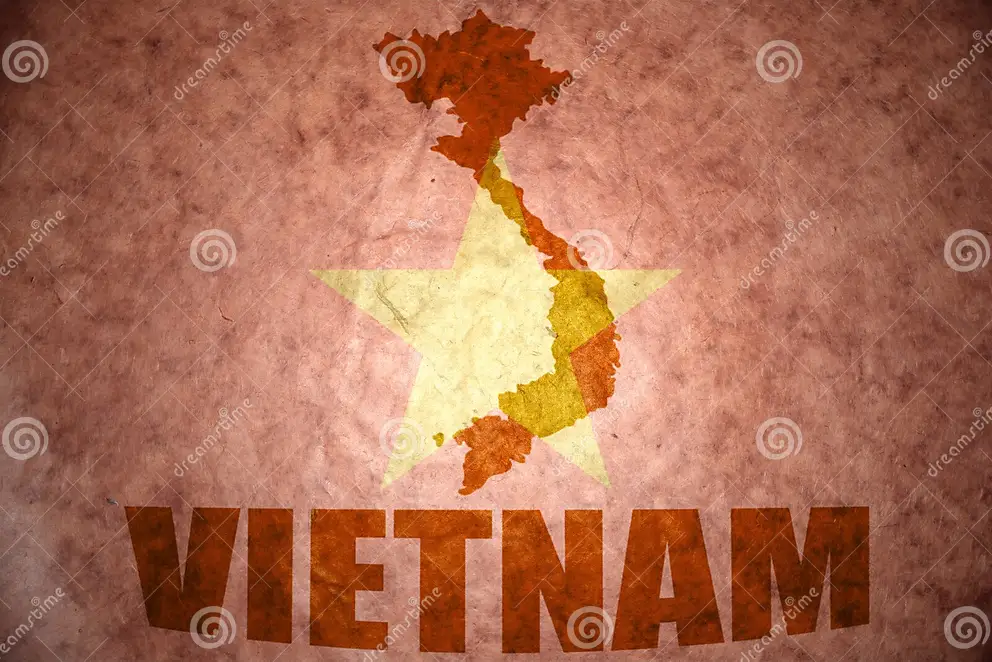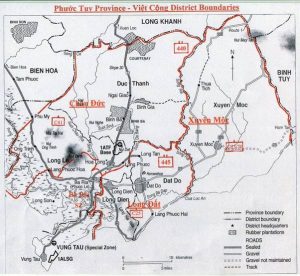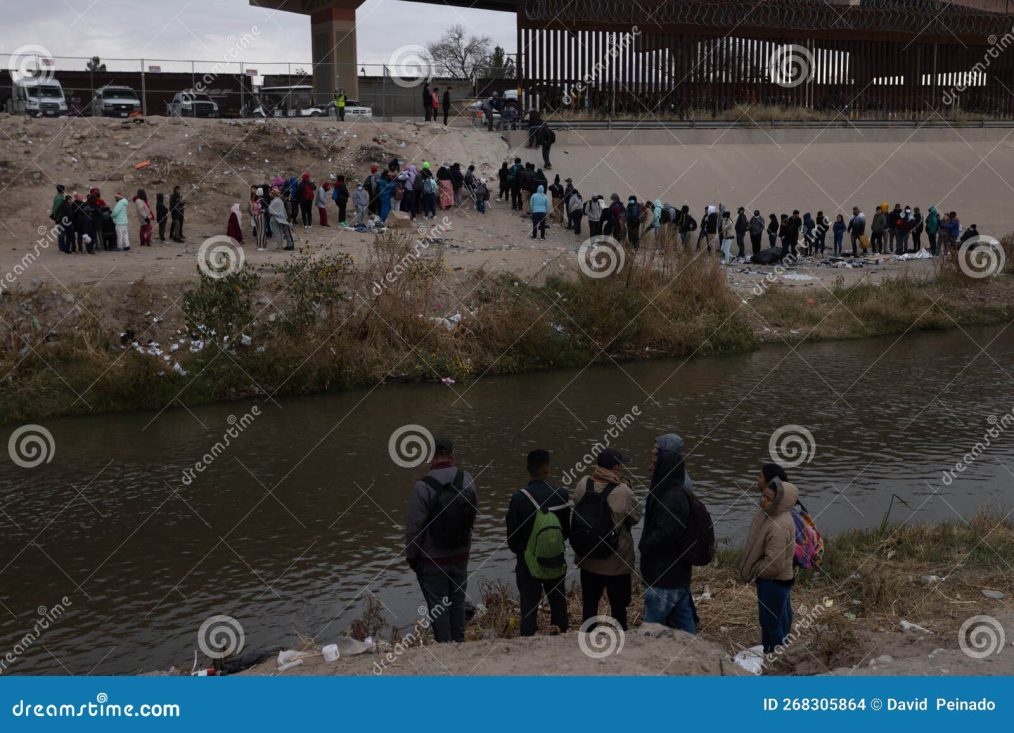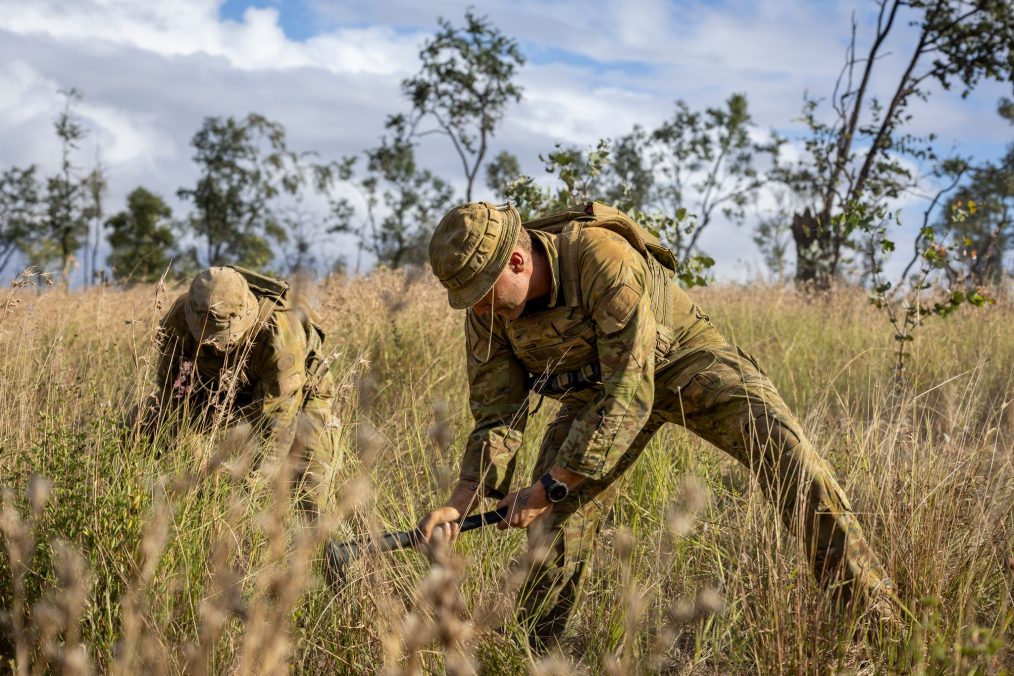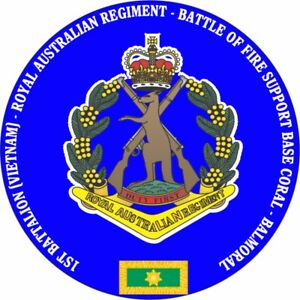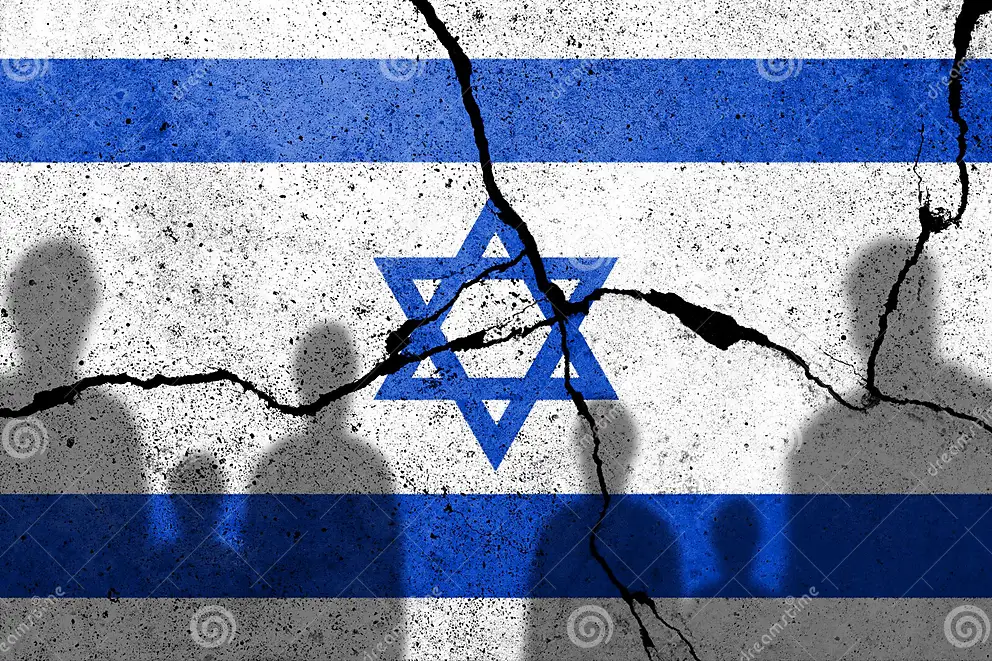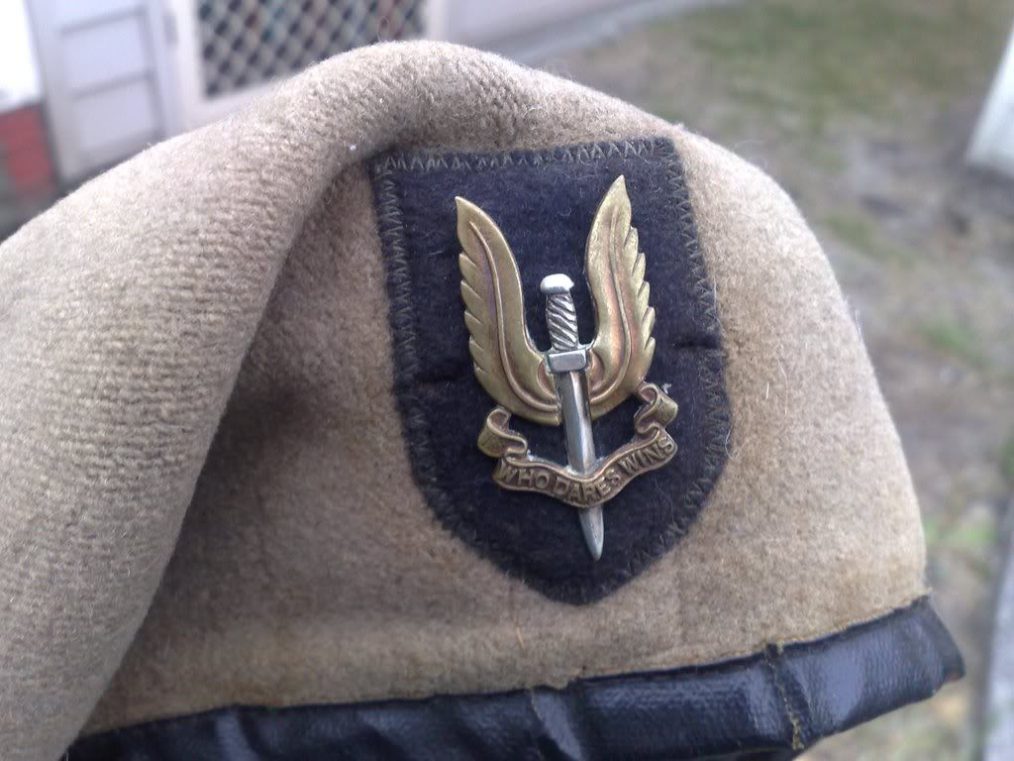In early 1971, US Army Captain Stuart Herrington arrived in Vietnam to serve as a Phoenix/Phụng Hoàng counter-intelligence program advisor. Post-War, he described his arrival and allotment to the program:
“Three days in Saigon convinced me that I didn’t want to draw an assignment there. The city was filthy, overcrowded, hectic, and overrun with hustlers of all types. You name the negative modifier, it fit Saigon in early 1971. Not even the graffiti on the latrine walls at the reception centre could dampen my enthusiasm for getting out of Saigon – the sooner the better. … (a pejorative on the Vietnamese and their flag has been omitted from this text) … . I (Herrington) had a game plan to get a good assignment, if indeed there was such a thing in Vietnam. A friend of mine had just returned from a tour in Phuoc Tuy, a coastal province southeast of Saigon best known for its resort town of Vung Tau. He had described duty in Phuoc Tuy in glowing term – silver beaches, giant lobsters, and not too many Vietcong. There was even a contingent of fun-loving Australians stationed in the province, and my friend told incredible tales of their non-military exploits. The plan was for me to go to the officer assignment folks at headquarters (in Saigon), rattle off a few words of Vietnamese, and Vung Tau, here I come. It didn’t work. The sergeant in the assignments branch merely laughed as he explained that Phuoc Tuy province would not hold all of the men who had volunteered to go there in the defense of democracy. The best I was able to do was to wrangle orders to Military Region III, the area around Saigon. I was to report the following morning to Bien Hoa city, a few miles north of Saigon, for an interview with a colonel who would decide where I would actually be assigned.” Captain Herrington was assigned to the Phoenix/Phụng Hoàng program in Hậu Nghĩa Province (40km west of Saigon via Route 22, bordering Cambodia) until late 1972.
- Chamberlain Endnote: Phước Tuy was not an “operational backwater” in 1971 – with 1 ATF engaging the 274thVC Regiment and the 33rdNVA Regiment in the north of the Province (eg: Operations Phối Hợp, Overlord, Ivanhoe – and the Battle of Núi Lê etc).
ED: Thanks Ernie.

